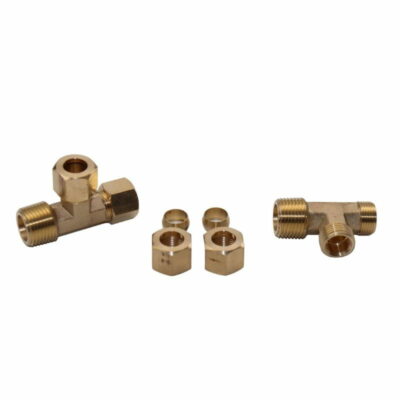
FAQ
What are compression fittings?
Compression fittings are fittings that connects pipes together by means of a nut and ferrule.
What are the advantages of compression hydraulic fittings?
No welding required; easy to install; easy to maintain; easy to operate.
How many parts are there in a compression hydraulic fitting?
A nut, a ferrule, and the body.
What kind of tubing can I use with compression fittings?
Nylon, plastic and copper pipes ot tubes.
What are the main applications of compression fittings?
Domestic, industrial, agricultural and automotive industries.
Why do compression fittings fail?
Too tight; damaged ferrules; worn or corroded fittings.
Can ferrules be reused?
No, we recommend replacing the ferrule with a new one.
What are the types of compression hydraulic fittings?
Compression fittings are single sleeve, double sleeve, elbow, tee, and union fittings.
Can compression fittings be tightened very tightly?
No, if the nut is tightened too much, the ferrule will be damaged.
What types of brass compression fittings are available?
Common brass compression fittings and bass DOT standard fittings.








































